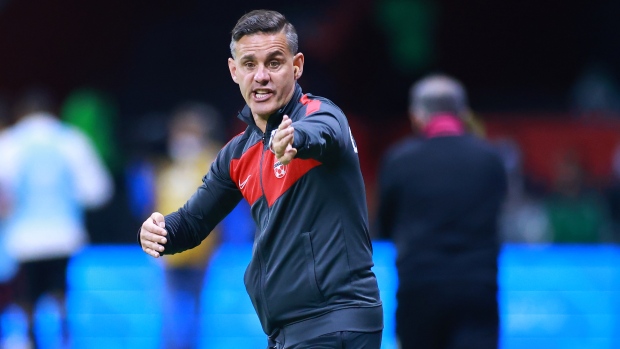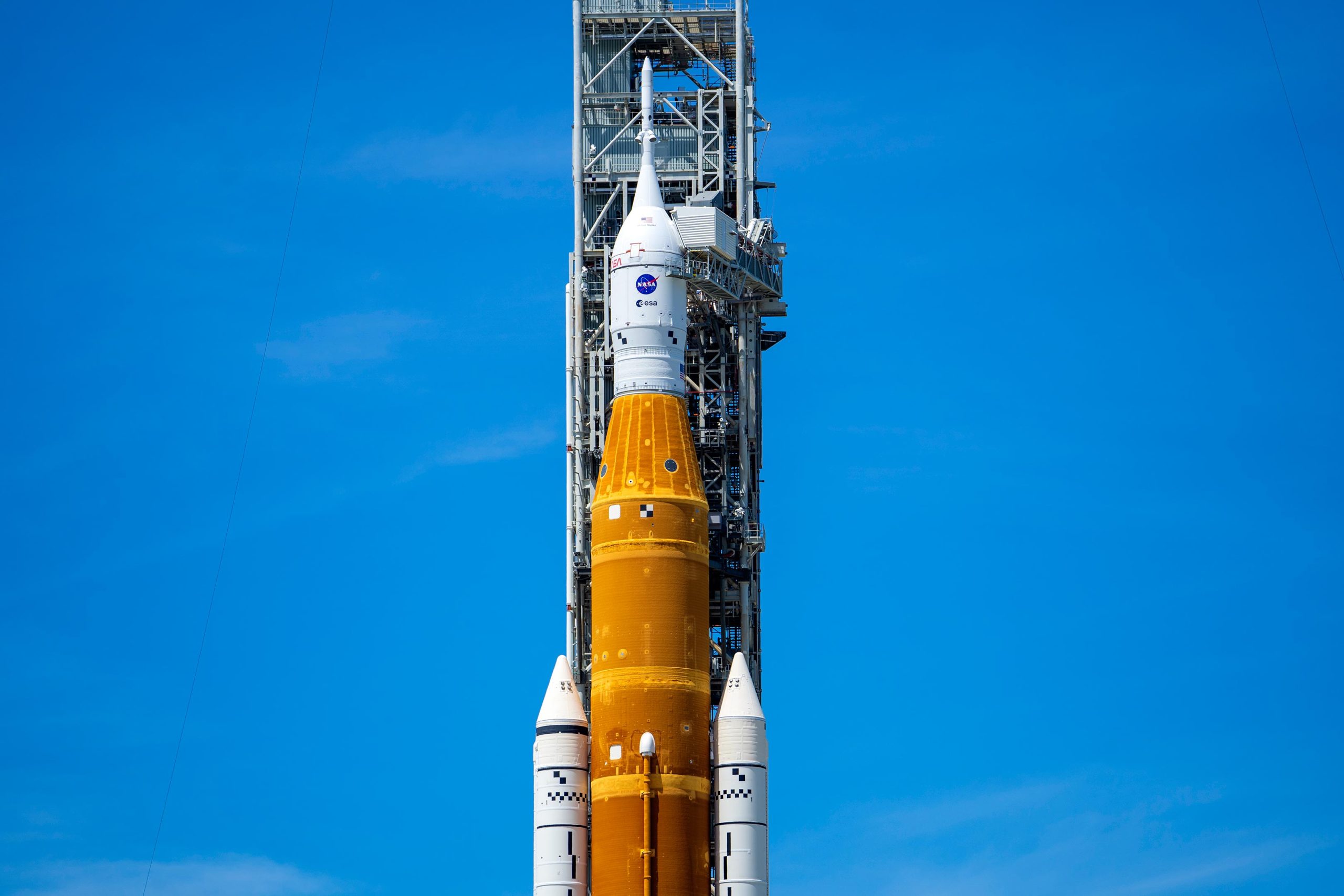Een NASA Space Launch System (SLS)-raket met het Orion-ruimtevaartuig is te zien boven het mobiele lanceerplatform bij Launch 39B in NASA’s Kennedy Space Center in Florida. Krediet: NASA/Sam Lott
Na voor het eerst de grond- en raketpanelen op de gevel te scheiden, wordt het a . genoemd snel knippenvoor vloeibare waterstof brandstoftoevoerleiding:hebben teams nu de zegels op het Space Launch System vervangen ([{” attribute=””>SLS) rocket’s core stage associated with the liquid hydrogen leak detected during the Artemis I launch attempt on September 3.
Both the 8″ line used to fill and drain liquid hydrogen from the core stage and the 4″ bleed line used to redirect some of the propellant during tanking operations were removed and replaced this week.
Coming up next, technicians will reconnect the umbilical plates and perform inspections over the weekend. After that, they’ll begin preparing for a tanking demonstration as soon as Saturday, September 17. This demonstration will allow engineers to verify the new seals under cryogenic, or supercold, conditions that are expected on launch day, before proceeding to the next launch attempt.

The four RS-25 engines on NASA’s Space Launch System rocket produce more than 2 million pounds of thrust. The four RS-25 engines last fired during the core stage Green Run hot fire test at NASA’s Stennis Space Center near Bay St. Louis, Mississippi, in March 2021. Credit: NASA/Robert Markowitz
During the operation, teams will practice loading liquid hydrogen and liquid oxygen in the rocket’s core stage and interim cryogenic propulsion stage. They will work at getting to a stable replenish state for both propellants. Teams will confirm the leak has been repaired. They will also perform the kick-start bleed test and a pre-pressurization test to validate that the ground and flight hardware and software systems can perform the necessary functions required to thermally condition the engines for flight. Teams will review the test results and develop strategies for the next launch opportunity after analyzing the data.

“Reizende ninja. Onruststoker. Spekonderzoeker. Expert in extreme alcohol. Verdediger van zombies.”







More Stories
Een rots met tijgervlekken kan een teken zijn van oud leven op Mars
Webb detecteert koolstofoxiden op Uranus' maan Ariël die wijzen op de aanwezigheid van een verborgen oceaan
Het aantal gevallen van dengue in Singapore is al hoger dan het totaal van vorig jaar – BNN Bloomberg